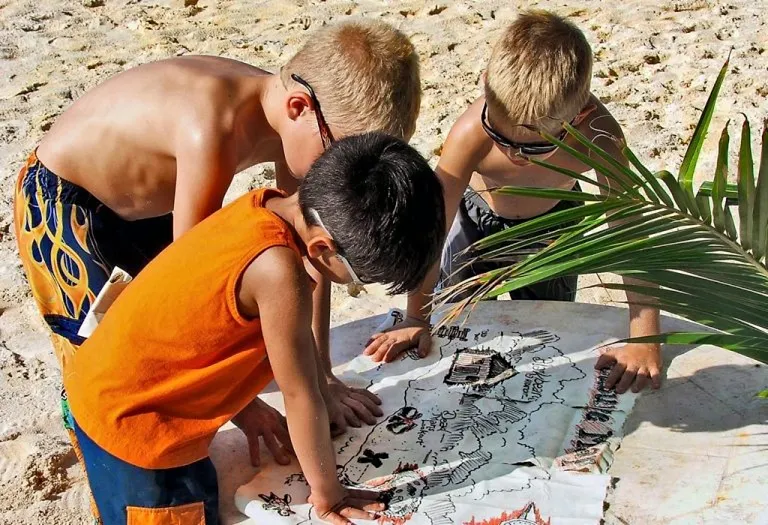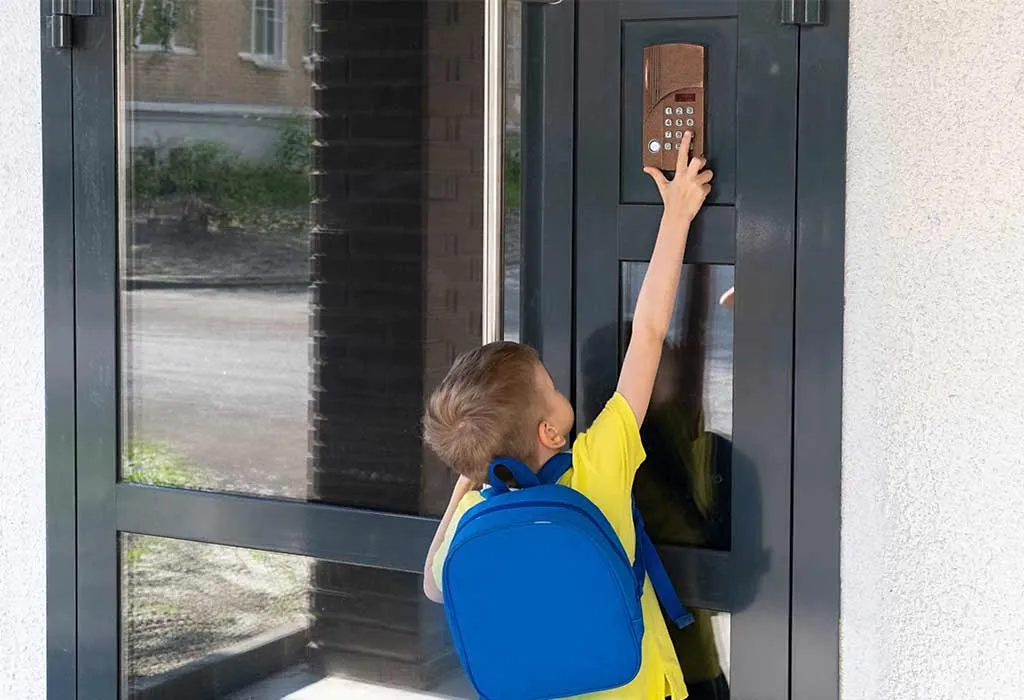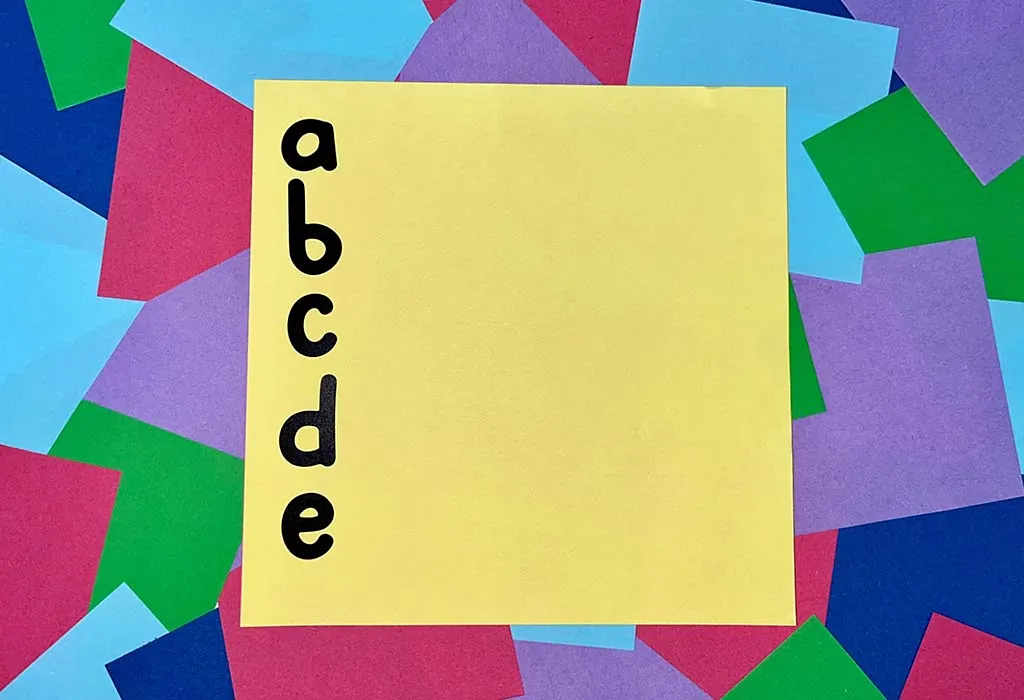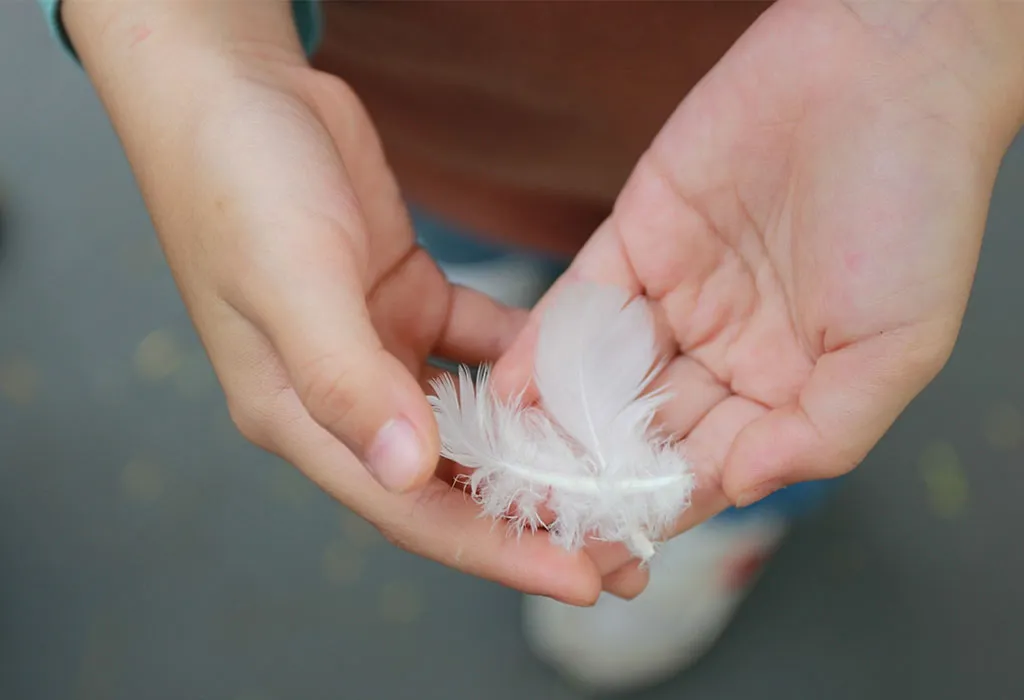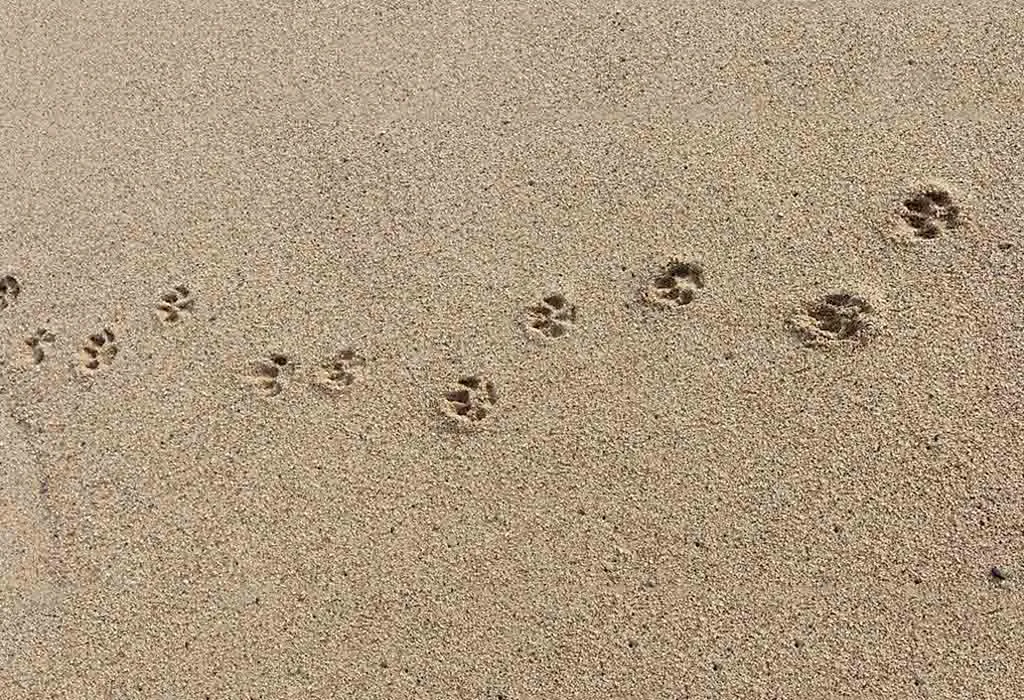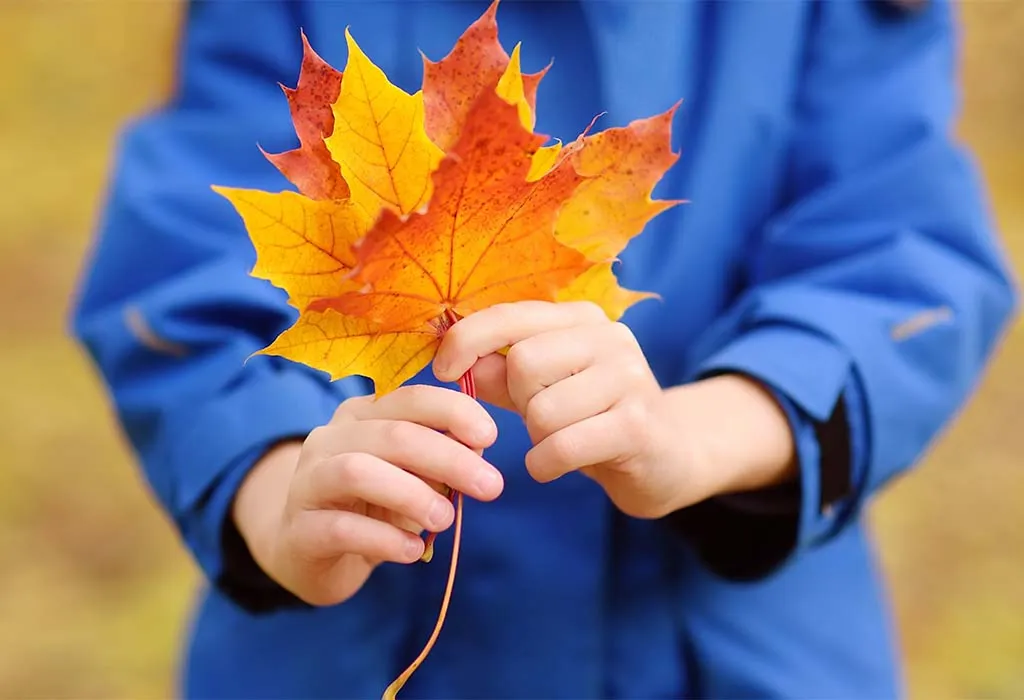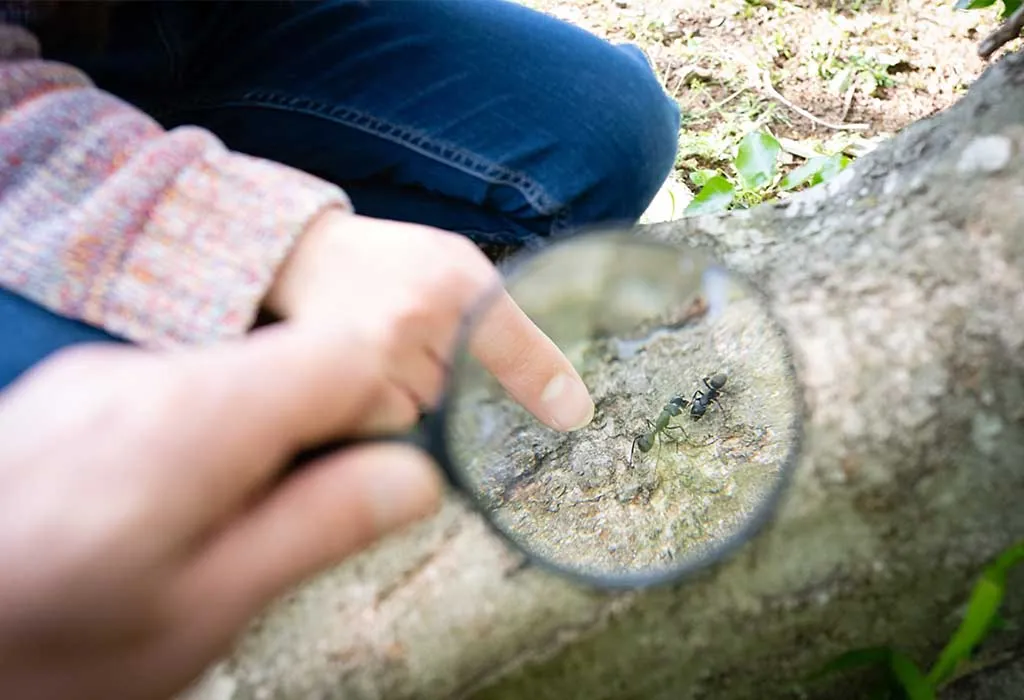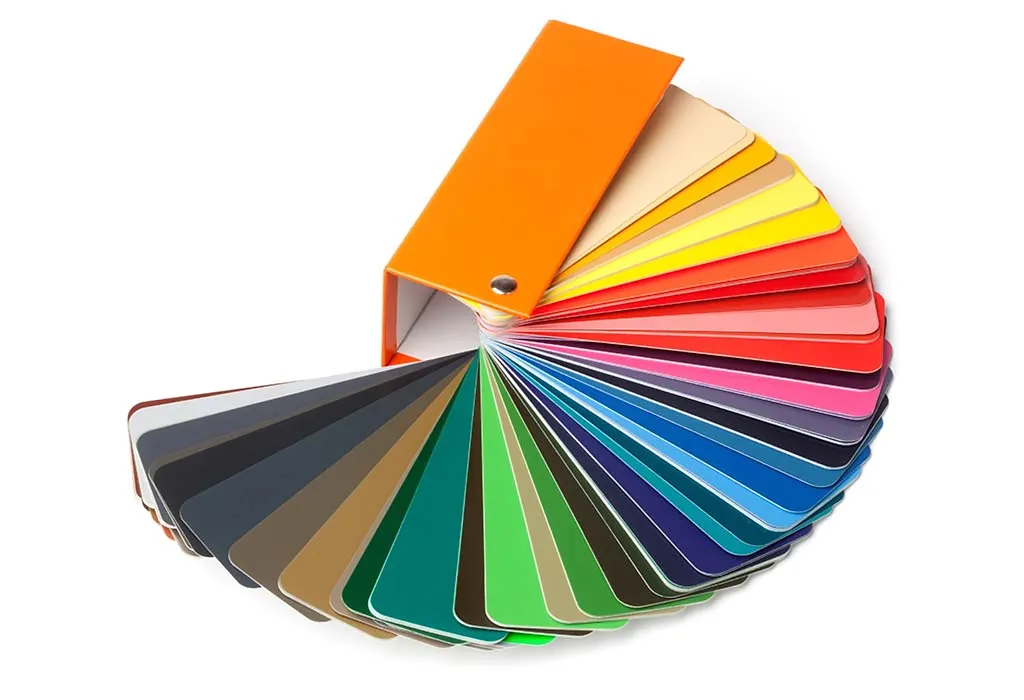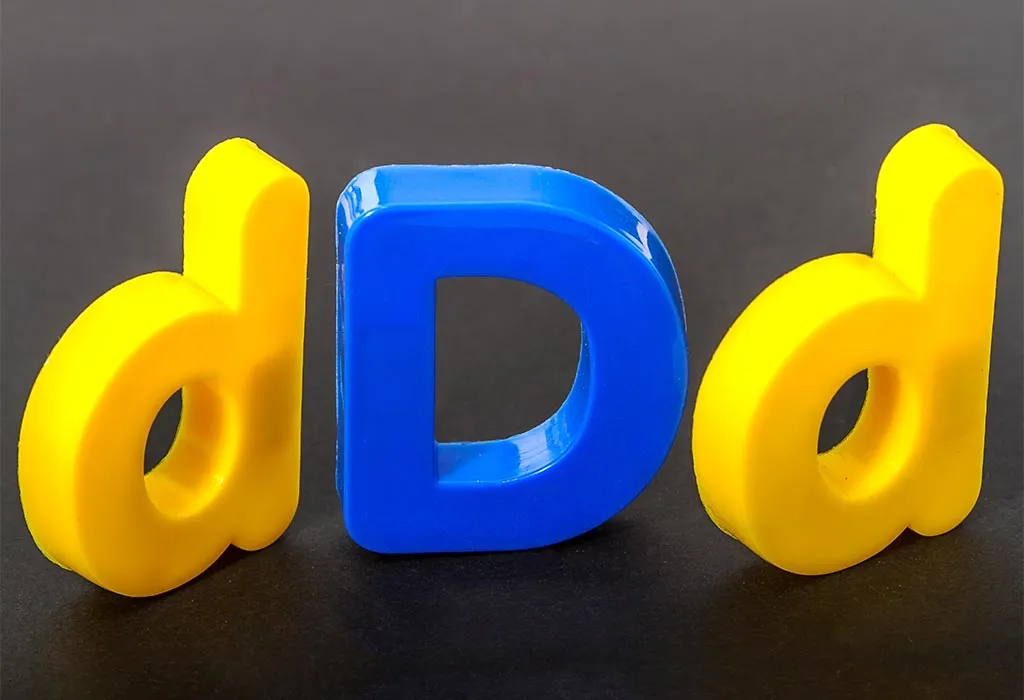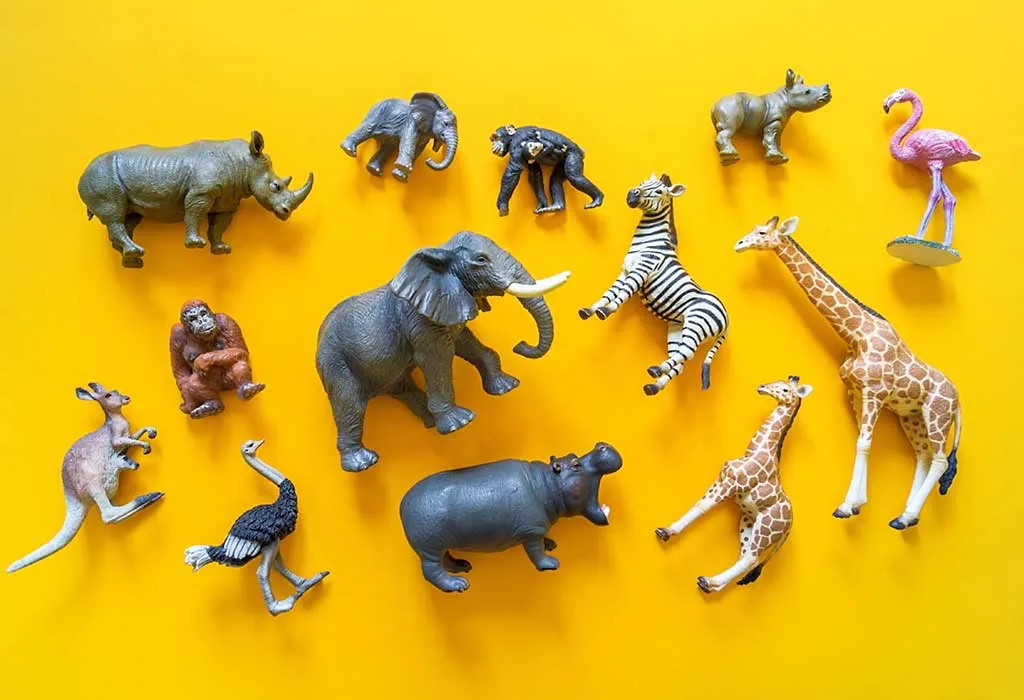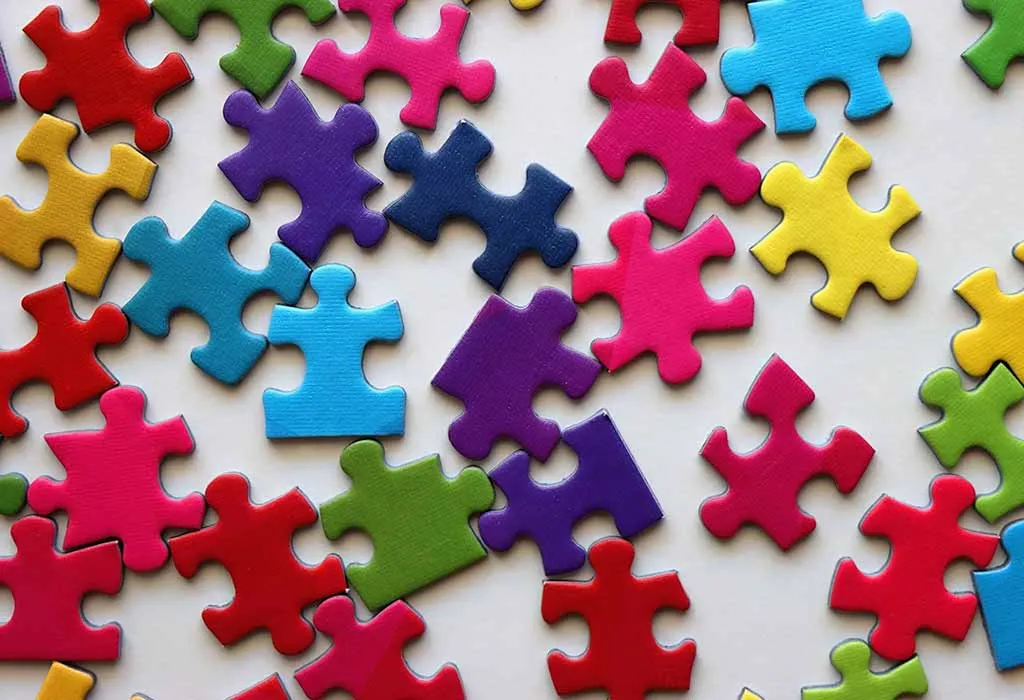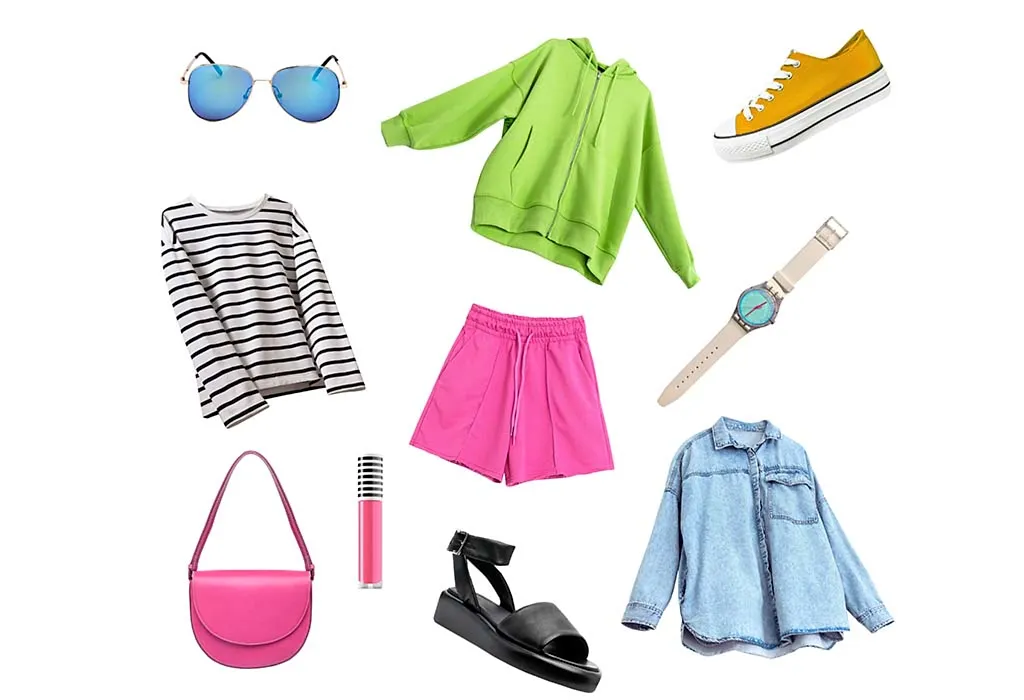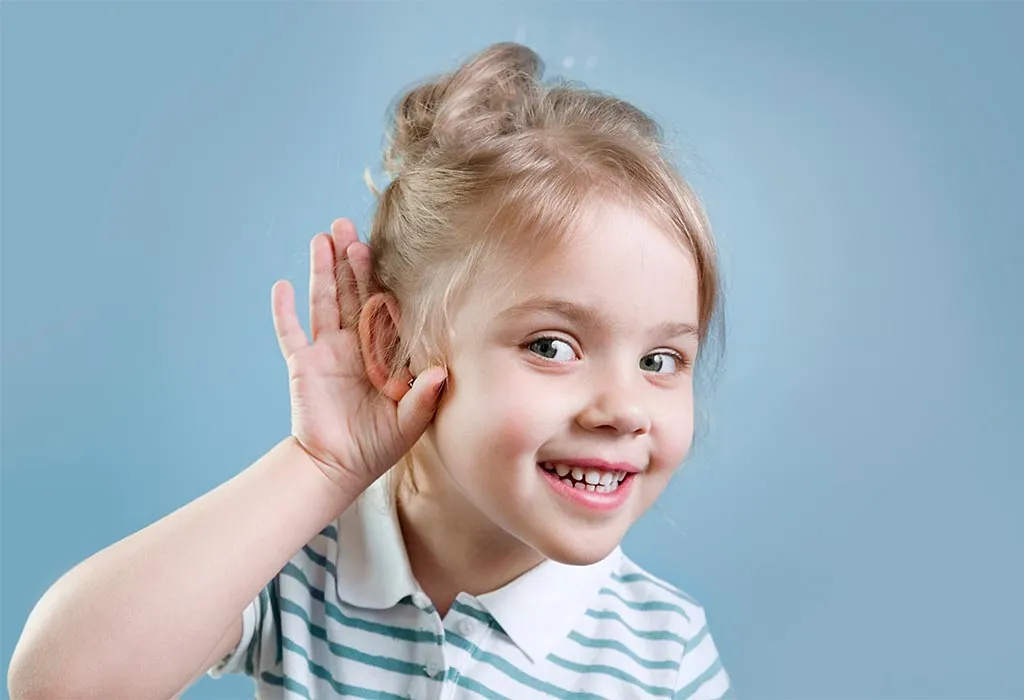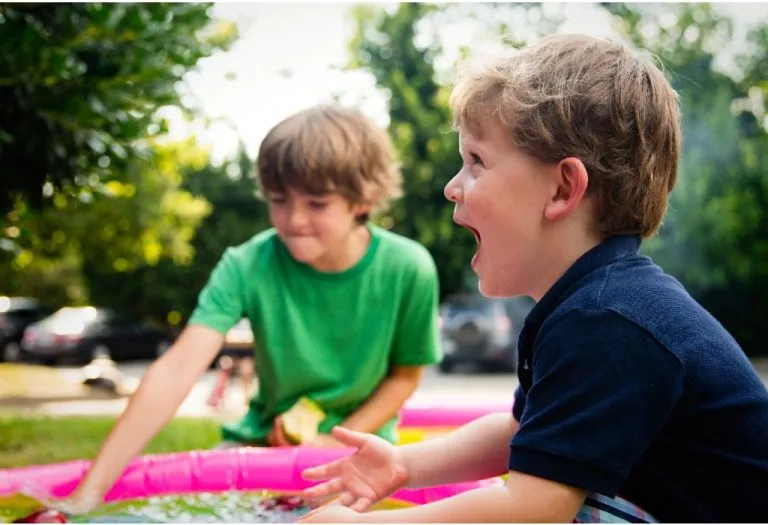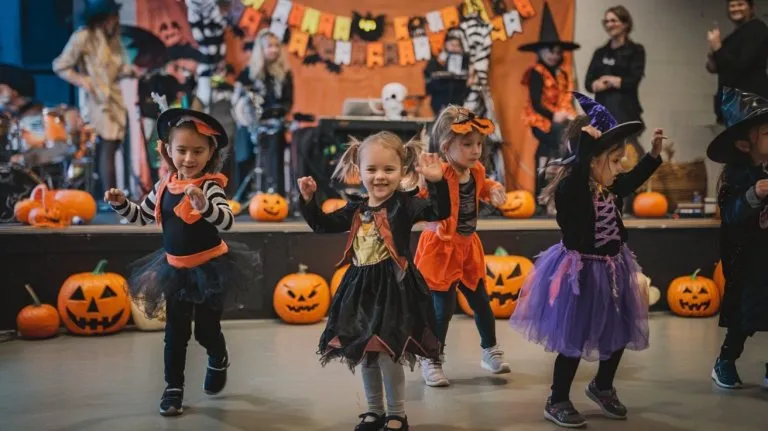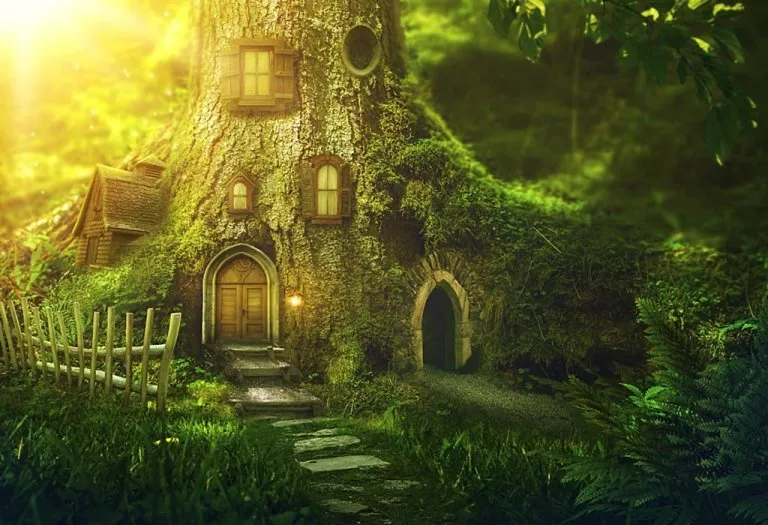Scavenger Hunt for Kids – Benefits and Ideas
It is always fun teaching kids through fun and games, and one of the best and most enjoyable ways to help your child develop essential life skills, such as problem-solving, reading, teamwork, and getting some exercise for both the mind and body, is through a scavenger hunt. Scavenger hunts are not only exciting but also promote learning in a playful environment, keeping children engaged and motivated. If you’re looking for creative scavenger hunt ideas for kids, consider mixing indoor and outdoor challenges to add variety. This will provide endless fun while encouraging them to explore and think critically.
What Is a Scavenger Hunt?
A kids scavenger hunt is a famous and most loved game that can be played by either teams or individuals where they compete to see who can gather all the items from a list. The first team or person to collect all the items on the list is pronounced the winner.
Benefits of Scavenger Hunt for Children
Scavenger hunts have many benefits for children that are hard to ignore. Here are a few to think about:
1. Easy Customisation
The liberty one has with this game is quite pleasing as you can literally customise the game to suit your child’s interests. If you have a child who is really into math, you can always include math on the list by asking them to find “2+3 pink ribbons” or “10-7 dog biscuits.” The place of the game is another area where you have freedom in customising. Take your kids to the beach for a summer scavenger hunt.
2. Teaches Teamwork
Whether it is for a competition with a prize or whether it is just for fun, the game teaches children to work together in order to solve the clues and find their next item. Learning how to work in a team is a very important life skill and often encourages socialising in children.
3. Builds Problem Solving Skills
One of the most beneficial ways of teaching a child something is through hands-on learning. Practical learning is always the best way to teach children things in a way that ensures they remain in their memories for much longer.
4. Exercise for the Body and Mind
While we have seen how it exercises the mind during problem-solving, scavenger hunts also have a way of exercising the body. After all, your child will be climbing over things and running hither and thither, trying to solve the clues and find the items on the list. Whether the game is played indoors or out, the challenge it presents for your kids will be in your hands.
5. Educational
Help your child to identify colors, shapes, and textures and even get them to count by getting them to find a pair of woollen socks. Here, you have a chance to teach your child what a “pair” of things is if they do not already know.
How Is a Scavenger Hunt Different from a Treasure Hunt?
Though the two games are often similar, they have some major differences. A Treasure hunt usually consists of a series of clues, one leading to the next until eventually, they find their “treasure” which is something that is of more value than the items used for scavenger hunts.
Scavenger hunts, on the other hand, are about finding different items on the list. The items are often very simple things such as a pebble or a cup.
Fun Outdoor Scavenger Hunt Ideas for Kids
If you feel like scavenger hunts for kindergarteners are just what the doctor ordered, but it can be difficult to think of what to add to a scavenger hunt list for kids. Don’t worry; we have your back! Here are some fun outdoor scavenger hunt ideas for kids to inspire you:
1. Nature Scavenger Hunt
Another one for the toddlers who cannot read yet, this one includes pictures.
What You Will Need
- Create a list on Word by copy-pasting some simple images and caption them. They could be a leaf, a flower, a rock, etc.
- Marker
How To
- Ask your little one to find the items on the list and then circle it with a marker. This is great for an outdoor scavenger hunt where children will learn to identify objects and learn the names of what they don’t know.
2. Grocery Scavenger Hunt
A game that gets your child to help you shop for groceries is fun and makes chores more bearable for both of you.
What You Will Need
- Simple grocery list
How To
- Your kids only need to tag along to the grocery store and help you find all the items on the grocery list. To make it more interesting, set a time limit.
3. Neighborhood Hunt
Your children and their neighborhood friends can have a lot of fun with this.
What You Will Need
- A bag to collect items in
How To
- This version of the game requires your child to visit the neighbors and ask to borrow items such as a safety pin or a pen.
4. Alphabet Scavenger Hunt
Help your kids learn the alphabet by finding objects that start with each letter.
What You Will Need
- A printed list of the alphabet
- Marker
How To
- Ask your children to find objects that start with each letter on the list. For example, “A” is for apple, and “B” is for butterfly.
- This is an engaging way for them to practice letter recognition while exploring the outdoors.
5. Sensory Scavenger Hunt
Encourage your children to use their senses to explore the world around them.
What You Will Need
- A list of sensory prompts like “something soft,” “something rough,” “something that smells nice,” etc.
How To
- Ask your children to find objects that match the sensory prompts.
- For example, they might find a soft feather or a rough rock.
- This helps enhance their sensory awareness and observation skills.
6. Animal Tracks Scavenger Hunt
Get your kids excited about wildlife by searching for animal tracks.
What You Will Need
- A printout of common animal tracks in your area
- A notebook
How To
- Take your kids to a nearby park or forest and ask them to search for animal tracks.
- When they find one, they can mark it off their list.
- This hunt is a fun way to teach kids about local wildlife.
7. Seasonal Scavenger Hunt
Let your children explore the different aspects of nature during different seasons.
What You Will Need
- A list of seasonal items, such as “fallen leaves” for autumn or “flowers blooming” for spring
How To
- Ask your kids to search for items that are specific to the current season.
- This is a great way for them to learn about nature’s cycles while enjoying the outdoors.
8. Bug Hunt
Perfect for little explorers who love learning about insects and small creatures.
What You Will Need
- A list of common bugs like ants, butterflies, or ladybugs
- A magnifying glass (optional)
How To
- Take your child outside and ask them to search for different bugs on the list.
- Encourage them to observe the bugs closely with the magnifying glass, if available, and tick off each one they find.
- This activity helps children learn about insects and develop observation skills.
Indoor Scavenger Hunt Ideas for Kids
Indoor scavenger hunts are a great way to keep kids entertained while learning valuable skills such as color recognition, numbers, and problem-solving. Here are some fun indoor scavenger hunts to try!
1. Rainbow Hunt
This one is a fun hunt idea for young children who have not really learned how to read yet.
What You Will Need
- Paint swatches from a paint store
How To
- Staple your paint swatches together to make your list.
- Your toddler needs to find objects in her surroundings that match the color of the swatch at hand.
- For example, if your first color is blue, your toddler only needs to bring you any blue item that mostly resembles the shade you picked.
2. Numbered Hunt
A fun way to teach the little one how to learn numbers.
What You Will Need
- An empty egg carton
- Plastic numbers
How To
- Number an egg carton, and then have your little one find the numbers that you hid around the house.
- Once they are found, all he has to do is put them in the correct spot.
- The plastic number 4 goes into the egg spot number 4.
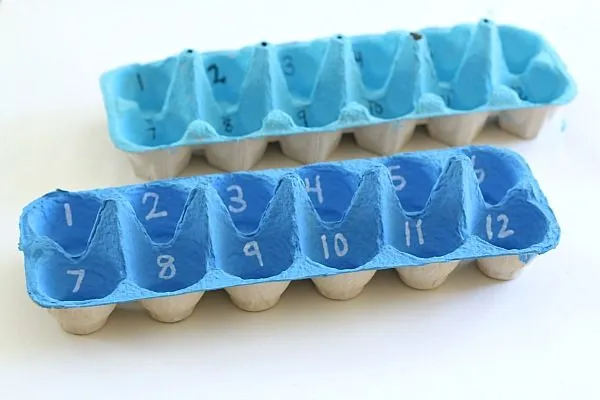
Image Credit: Pinterest
3. Letter Hunt
This game will help your little one to learn to recognize the alphabets.
What You Will Need
- A sheet of paper with lowercase alphabets
- Capital plastic alphabets
How To
- Similar to the numbers hunt, this one will require your child to find an alphabet and match it to the small letter on the sheet of paper.
- It helps to place the paper on a table or floor and have your child place the letters on top of the corresponding small case letter.
4. Animal Hunt
This game is for slightly older children who can solve riddles. Make the game more challenging for them by adding indoor scavenger hunt riddles for kids rather than simply adding the names of the items.
What You Will Need
- Plastic animals
- List of riddles
How To
- Hide the plastic animals around the house and then give your child the list that contains simple riddles like “I like to eat grass, I like to say moo. I am in the place you go to make poo.”
- These will make your child have to figure out the animal and where to find it.
5. Party Scavenger Hunt
This kids’ party scavenger hunt is fun and informative for the kids.
What You Will Need
- Ingredients for a simple treat such as a sponge cake
How To
- Give the kids the list of ingredients and ask them to assemble them all on the kitchen counter.
- When the excitement of getting the ingredients together is over, you can delight the children by showing them how to make the sponge cake and letting them eat it when it is ready.
6. Shape Hunt
This is a great way to teach children about different shapes.
What You Will Need
- A sheet with drawings of basic shapes like circles, squares, and triangles
- Marker
How To
- Ask your child to search around the house for objects that match the shapes on the list.
- For example, they can find a round plate for a circle or a book for a rectangle.
- Once they find an object, they can mark the shape off the list.
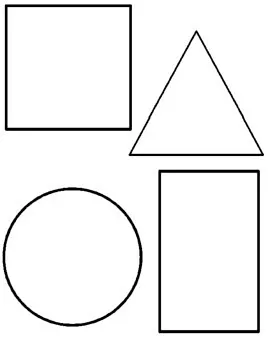
Image Credit: Pinterest
7. Puzzle Piece Hunt
Make a puzzle-solving session more exciting by turning it into a scavenger hunt.
What You Will Need
- A simple jigsaw puzzle
- Timer (optional)
How To
- Hide the puzzle pieces around the room or house.
- Your child has to find all the pieces and complete the puzzle within a set time limit.
- This activity combines problem-solving with physical activity.
8. Clothing Hunt
A fun and educational game to teach your kids about different types of clothing.
What You Will Need
- A list of clothing items like socks, hats, or shoes
- A basket or bag
How To
- Ask your child to find the listed clothing items from different rooms in the house.
- Once they gather all the clothes, they can put them in the basket.
- It’s a great way to help them learn about dressing and organizing.
9. Book Hunt
This hunt is perfect for little bookworms who love stories and reading.
What You Will Need
- A list of book titles or descriptions (e.g., “a book with a red cover” or “a book about animals”)
How To
- Ask your child to search the house for books that match the descriptions on the list.
- Once they find each book, they can bring it to you or mark it off the list.
- This helps foster a love for reading while encouraging observation skills.
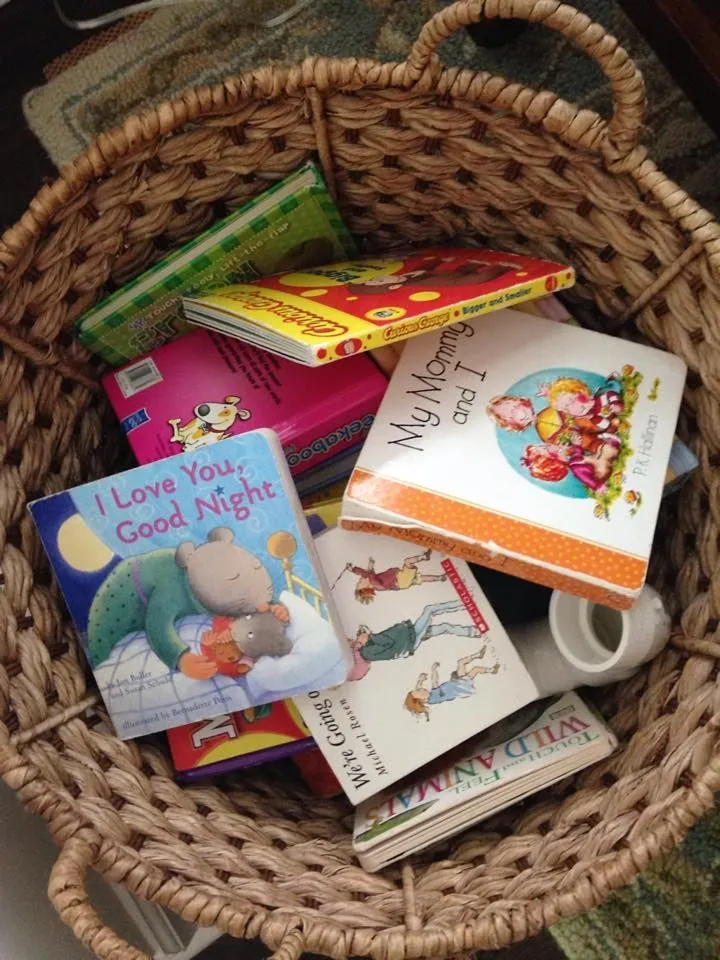
Image Credit: Pinterest
10. Sound Hunt
This hunt engages your child’s sense of hearing and teaches them to recognize different sounds.
What You Will Need
- A list of sounds, such as “a doorbell,” “a phone ringing,” or “a cat meowing”
How To
- Ask your child to move around the house and listen for the sounds on the list.
- When they hear one, they can either describe it to you or check it off the list.
- This activity helps improve their listening skills and awareness of their surroundings.
FAQs
1. What age is appropriate for kids to start participating in scavenger hunts?
Children as young as 2-3 years old can begin participating in simple scavenger hunts, especially those that focus on colors, shapes, or familiar objects. As they get older, more complex hunts involving problem-solving and riddles can be introduced to enhance their skills.
2. How can I make a scavenger hunt more educational?
You can incorporate learning objectives such as letters, numbers, or scientific concepts into the hunt. For example, you can create hunts that teach kids about the alphabet, math problems, or nature by asking them to find specific plants or animals. You can also add clues that involve reading and comprehension to challenge older children.
3. How long should a scavenger hunt last?
The duration of a scavenger hunt depends on the child’s age and attention span. Hunts can last around 15-20 minutes for younger children to keep them engaged without losing interest. Older kids can participate in longer scavenger hunts, which can last 30-60 minutes, especially if the hunt involves more complex clues and riddles.
4. What can I do if my child struggles with a scavenger hunt?
If your child is struggling, you can provide hints or modify the difficulty level of the clues. For younger kids, you can use images instead of words or simplify the tasks by offering fewer options. Encouraging teamwork by having them work with siblings or friends can also help build confidence and make the hunt more enjoyable.
These were some ideas for easy scavenger hunt for kids. It is very easy to customize scavenger hunts according to the occasion and what skills you want your child to practice, for example, homemade kids scary scavenger hunts and so on. So go on and get creative. Your children will find doing and learning many things interesting if you find ways to make a game out of it.
Also Read:
Free Activities for Kids
Group Games for Children
Games to Play at the Park for Kids
Nature Scavenger Hunt Ideas for Kids
Was This Article Helpful?
Parenting is a huge responsibility, for you as a caregiver, but also for us as a parenting content platform. We understand that and take our responsibility of creating credible content seriously. FirstCry Parenting articles are written and published only after extensive research using factually sound references to deliver quality content that is accurate, validated by experts, and completely reliable. To understand how we go about creating content that is credible, read our editorial policy here.





